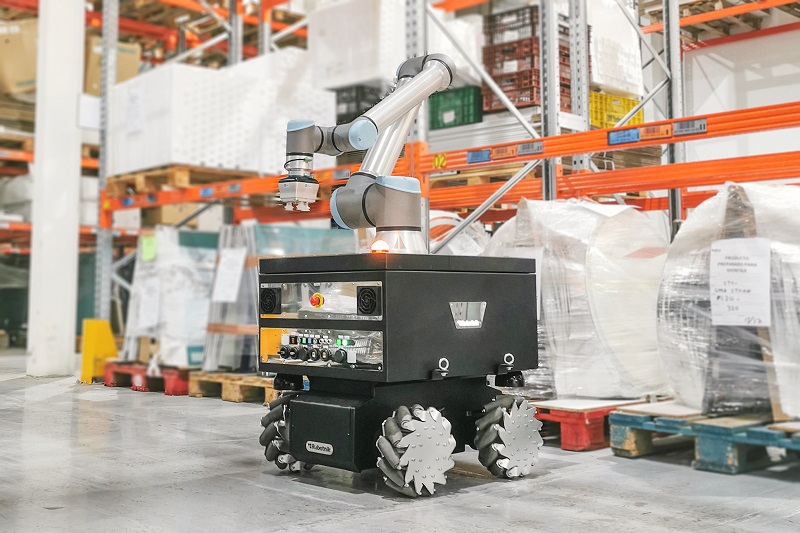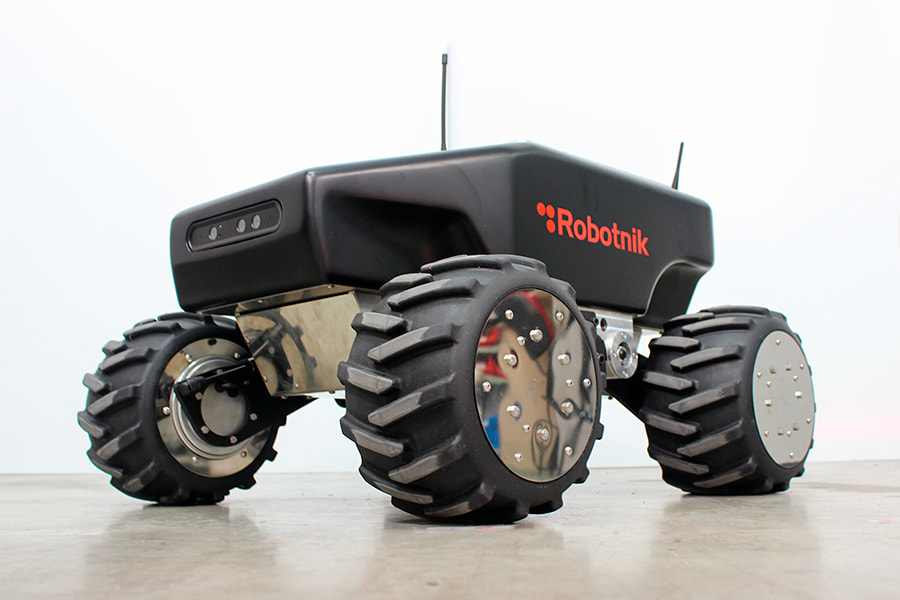The applications of mobile robotics have enabled numerous industries to take advantage of all the benefits that intelligent automation brings to any production line. Mobile robotics applications have been the key automated tool for creating safer, more efficient industrial spaces and achieving greater productivity.
What can mobile robotics do to improve an industrial plant?
Simplification of process manipulation
The applications of mobile robotics in any industrial field are designed to optimize any production processes which could prove overly dangerous or repetitive for workers.
Therefore, mobile industrial robots are designed to be tools that provide solutions and offer functionalities that simplify the jobs.
We just need to look at the functioning of a mobile manipulator that has all the information and room for movements to help it identify a material, handle it according to its weight, size, and fragility.
Safe collaborative work areas
Collaborative mobile robots are equipped with specific components to ensure they can share a work area with operators without exposing them to any type of risk.
They work in a coordinated way, with sensors that detect when people are near, thus adapting their strength, speed, or route to prioritize worker safety. Even though they are autonomous robots operating remotely, the information they process is managed by the human workers who control their functioning.
Better productivity and better use of resources
There are considerable time savings because mobile robots or mobile manipulators act predictively to manage all the resources at their disposal (time and raw materials to be processed) more efficiently.
Productivity is also higher because robot applications reduce errors, reduce defective products, and improves the quality of the finished product.
Industrial areas where mobile robotics applications have been the key to success
Safety
Inspection and maintenance tasks can incur risks and mean having to operate in unsafe areas, which is why mobile robots can be very helpful in perfecting these processes and overcoming difficulties.
This is the case with autonomous rescue robots which can detect the presence of gases or carry out search operations, becoming an automated tool with sensors and GPS controlled by emergency units to operate faster and with fewer risks.
Agri-food
In the horticulture and farming sectors, robot mobile manipulators handle repetitive tasks that save considerable time, but also prioritize precision and the exact identification of the materials they are handling.
Collaborative robots are now commonly used in fruit picking, grafting, and insect cultivation where artificial intelligence provides predictive data to optimize farms and plantations.
Health
Mobile robotics applications have also become tools that greatly improve quality of life and provide autonomy to dependent people.
Mobile robots can even be adapted into robotic or motorized shower systems for people with functional disabilities, to enable them to shower on their own by giving orders to the robot.
Collaborative mobile robots can also become excellent hospital assistants, offering support in operating theatres, ICUs, or areas of risk for the healthcare team.
Logistics
Industrial robots have become a key technology in this industry, especially for tasks like transportation and picking tasks.



